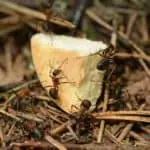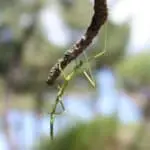Ever thought about bringing a touch of the wild into your home without breaking the bank or chasing after an unruly critter? Enter the world of pet insects—tiny creatures that are low-maintenance, fascinating, and perfect for first-time pet owners. Whether you’re a curious beginner or a parent looking for an engaging project for your kids, these seven insects are a fantastic way to start your journey.
Let me guide you through the best picks, complete with tips, fun facts, and a few laughs along the way!
1. Roaches: The Underdog Heroes

I get it—roaches aren’t exactly the first thing you think of when you hear “pet,” but hear me out! These prehistoric survivors, around since the dinosaurs, are practically indestructible. There’s even a saying that roaches would outlive humans in a nuclear war. How’s that for resilience?
Why they’re great: They’re ridiculously easy to care for. A clear container, some egg cartons, and a dab of Vaseline (to stop them from escaping) are all you need. Feeding them? Kitchen scraps work perfectly—fruit peels, veggie bits, even that stale biscuit you forgot about.
Fun fact: With a male and female pair, your colony could theoretically number in the millions. Don’t worry, though—they won’t take over your house unless you really mess up.
Top pick: Madagascar hissing cockroaches. Trust me, these guys are way cooler than their dumpster-diving cousins. You can refer to my rearing guide here.
2. Butterflies: The Short-Lived Beauties
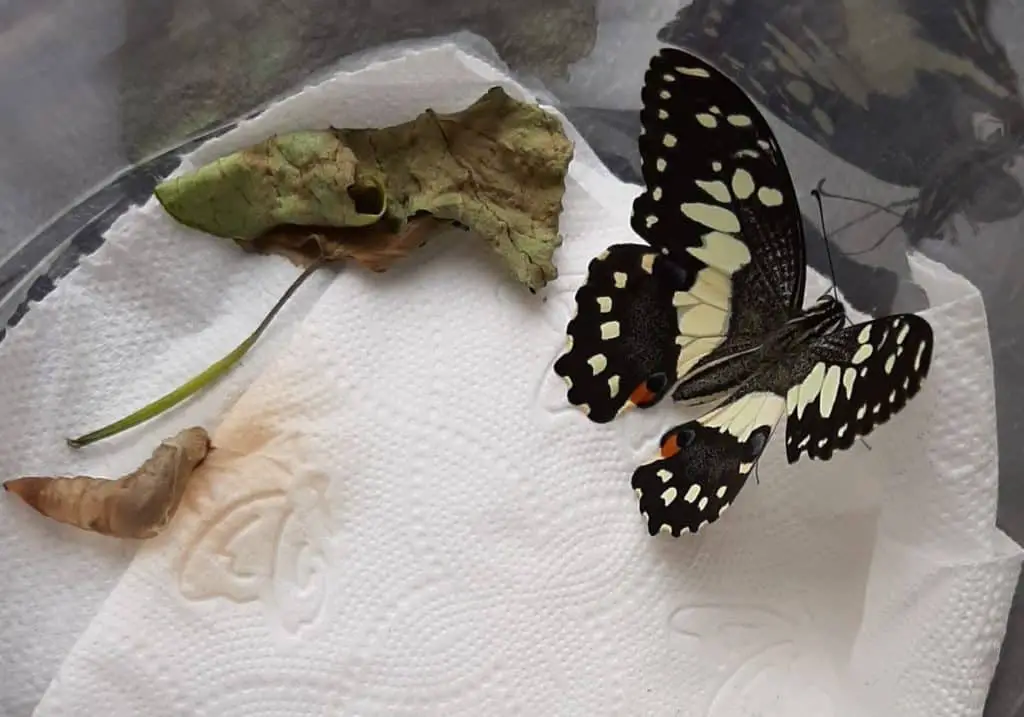
Who doesn’t adore the delicate flutter of a butterfly? Sure, their lifespan is short, but the journey from caterpillar to butterfly is pure magic.
How to start: Go on a caterpillar hunt in your backyard or local park. It’s a wholesome activity that your kids will love. Once you find one, grab some leaves for food and let nature do its thing.
What to expect: Watching a caterpillar morph into a butterfly is like a live-action science documentary. When they emerge, you can either release them or keep them for a few days in a butterfly cage. They don’t eat much—just a little syrup if they’re hungry.
Bonus idea: Turn it into a mini science project. Your kids will be the envy of their classmates.
3. Crickets: The Chirpy Companions
Crickets are basically the songbirds of the insect world, minus the feathers. They’re non-aggressive, chirpy, and surprisingly entertaining.
Fun fact: You can estimate the temperature by counting cricket chirps. Count their chirps for 14 seconds, add 40, and voilà—you’ve got the Fahrenheit reading.
Care tips: Crickets are easy to house. Feed them cricket food (available at pet stores) and keep them hydrated. They live about three months, so they’re a short-term commitment.
Pro tip: Male crickets chirp to attract mates. It’s nature’s version of a mixtape.
4. Beetles: The Living Tanks
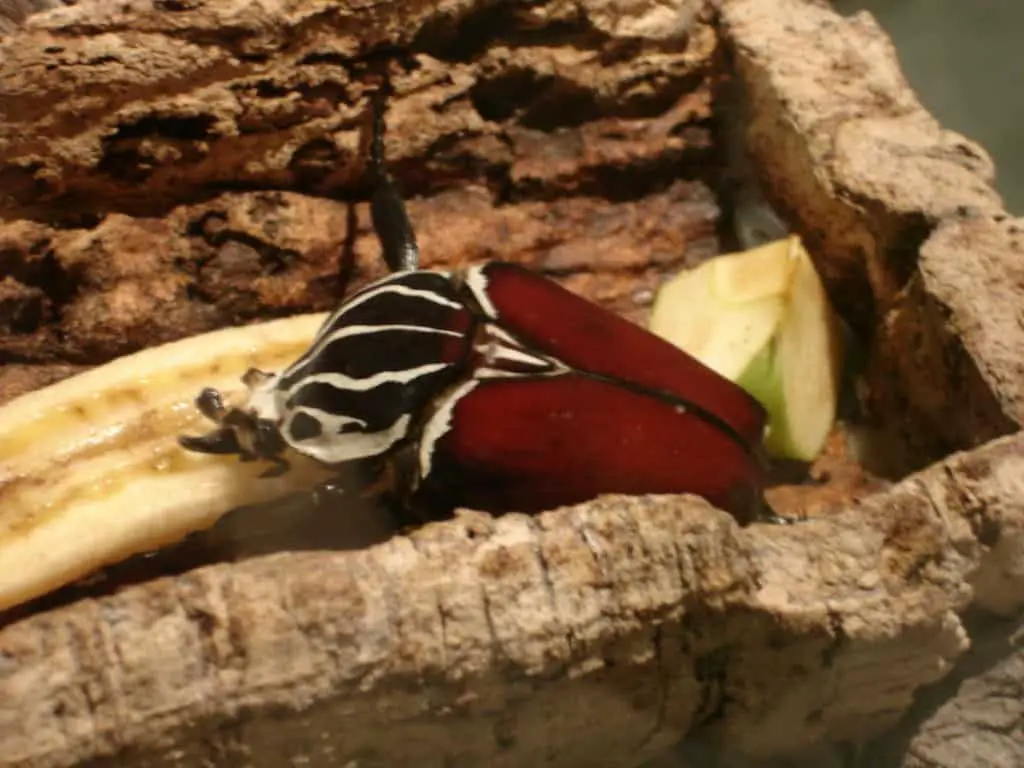
With their shiny armor and variety of shapes and sizes, beetles are like the superheroes of the insect world. They’re sturdy, fascinating, and perfect for curious kids.
Best species for beginners: Try dung beetles, eastern Hercules beetles, goliath beetles, rainbow stag beetles or stag beetles. They’re hardy, gentle, and don’t bite.
Cool bonus: Most pet stores sell beetles as larvae—chubby little worms that transform into magnificent adults. Watching this metamorphosis is nothing short of awe-inspiring. Avoid getting the adult beetles because they can be very old, and there is no way for you to tell their age. Moreover, adult beetles are more expensive.
Care tips: Larvae need raw wood and moisture, while adults enjoy fruit scraps. Beetles typically live 3-6 months as adults.
5. Stick Insects: The Masters of Disguise

Stick insects are nature’s ninjas. They blend in so well that spotting one in the wild feels like finding Waldo.
Why they’re awesome: They’re gentle, fascinating, and even have a quirky superpower—females can lay eggs without males! Don’t worry, though; this doesn’t mean your kids will think they can spontaneously get pregnant like stick insects.
Care tips: Fresh leaves are their food of choice. Keep their enclosure spacious (at least 3x their length in height) and clean up regularly because, surprisingly, they poop a lot. Here’s a guide on how to keep stick insects.
6. Mantis: The Fierce Predators
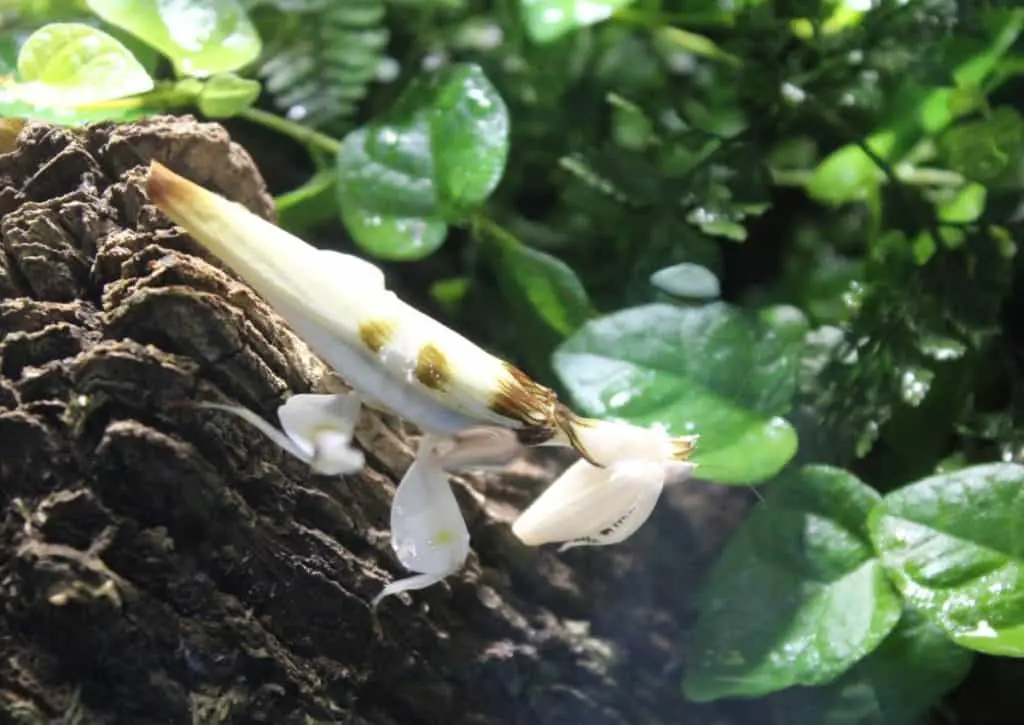
Praying mantises are the action stars of the insect world. With their sharp claws and ninja-like reflexes, they’re as cool as they come.
Fun (and slightly gruesome) fact: Female mantises sometimes snack on their mates. It’s a biology lesson and a conversation starter all in one.
Care needs: Mantises require a bit more work. They eat live prey, like crickets, so be prepared for a bit of drama in their terrarium. But it’s worth it—mantises are endlessly fascinating.
To learn more about keeping mantis, refer to the guide here.
7. Ants: The Tiny Workaholics
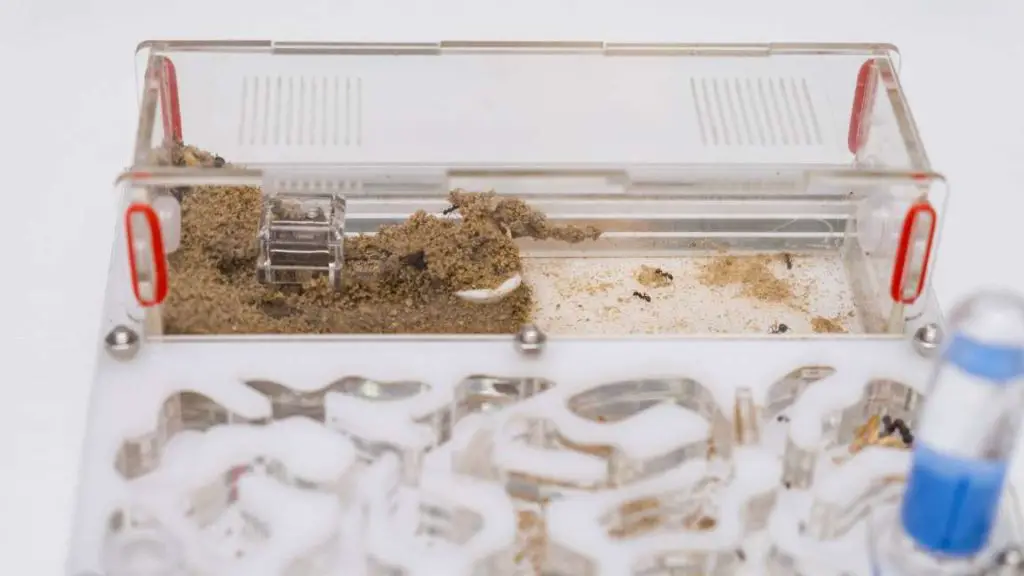
Ants are proof that great things come in small packages. These tiny creatures live in highly organized colonies ruled by a queen who does all the egg-laying while the workers hustle 24/7.
Getting started: Build or buy a formicarium (ant farm) and catch your own queen or purchase a starter colony. Watching them work is oddly hypnotic and a great lesson in teamwork.
Beginner-friendly species: Start with black garden ants or carpenter ants. Steer clear of aggressive fire ants unless you’re into masochism. Refer to this guide for a list of beginner species that you can start with.
Final Thoughts
Pet insects are a window into a fascinating world of tiny creatures with big personalities. Whether you choose the resilient roach, the majestic butterfly, or the hardworking ant, there’s a perfect pet insect out there for you.
Feeling overwhelmed by the options? Start small—Madagascar roaches and crickets are fantastic first picks. And don’t forget to check out the detailed guides I’ve linked throughout this post to ensure you and your new pets have the best experience possible.
Welcome to the world of pet insects—you’re going to love it here!

